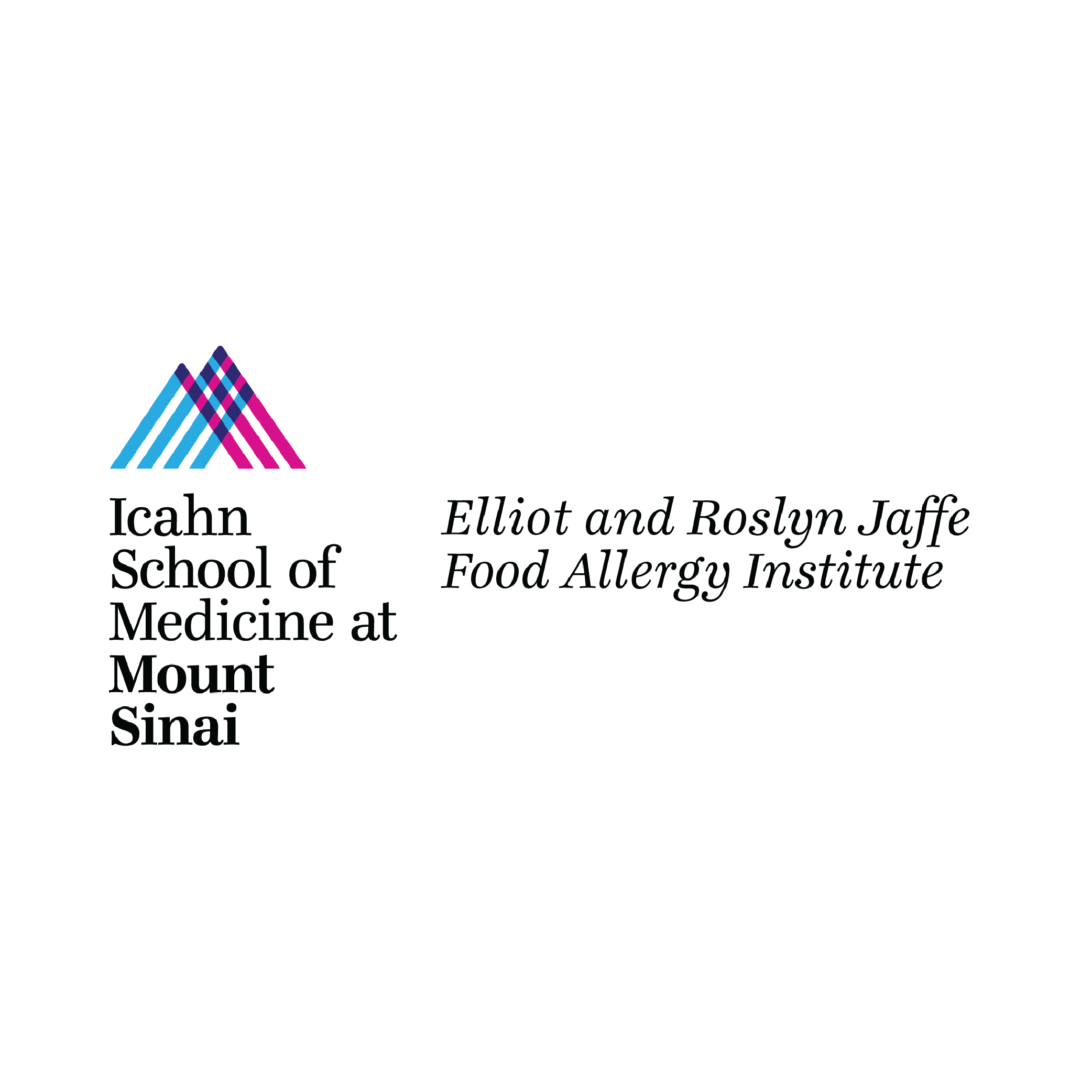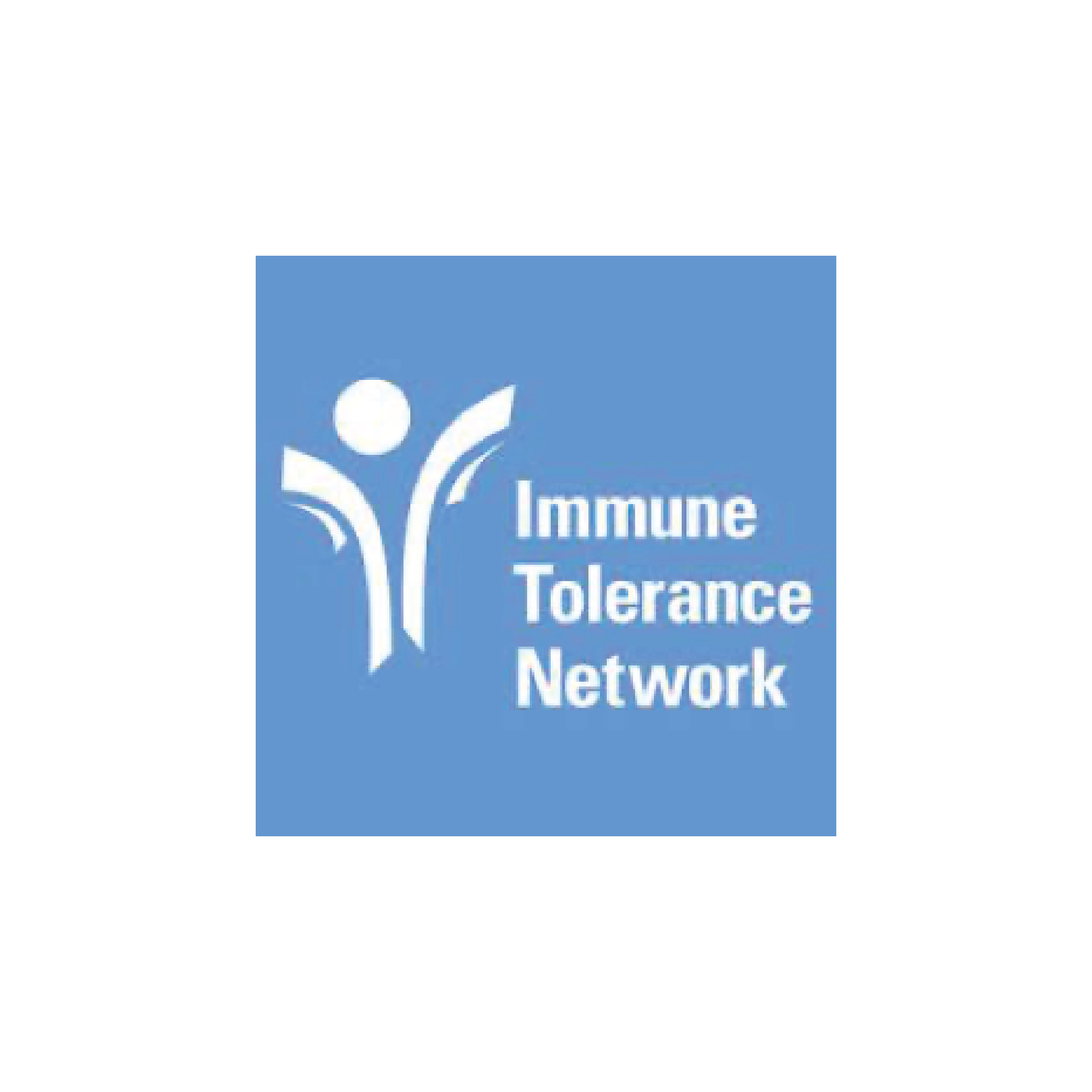
Read the recent publication in Allergy:
summary of the article 1
The goal of this study was to develop a test that can predict peanut threshold amounts, thus providing more information to both patients and providers, as well as informing, if not reducing the need for food challenges. Here are some key takeaways from the peer-reviewed journal article:
Existing diagnostic testing is not predictive of severity or the threshold dose, and many patients still require an Oral Food Challenge (OFC). While OFCs are very useful for making an allergy diagnosis and determining clinical reactivity, they carry the risk of allergic reactions and anaphylaxis, which can increase patient anxiety and are time and resource intensive.
This paper reports the first validated algorithm using peanut specific IgE epitopes to predict probabilities of reaction to different amounts of peanut in allergic subjects and may provide a useful clinical substitute for peanut oral food challenges.
Using the ses-IgE-based predictor (two ses-IgE antibodies correlated with Cumulative Tolerated Doses) subjects were assigned into “high”, “moderate”, or “low” dose reactivity groups. On average, subjects in the “high” group were 4 times more likely to tolerate a specific dose, compared to the “low” group. For example, 88% of patients in the high dose reactivity group were able to tolerate > 144 mg of peanut protein whereas only 29% were able to tolerate the same amount in the low dose reactivity group.
Suprun M, Kearney P, Hayward C, et al. Predicting probability of tolerating discrete amounts of peanut protein in allergic children using epitope-specific IgE antibody profiling. Allergy. 2022;00:1-9. doi: 10.1111/all.15477

allergenis webinars
Attend an upcoming webinar or watch a past webinar by one of our key experts to learn more. Check back soon we will be adding more webinars from other key opinion leaders.
Threshold levels for food allergens provide a very important piece of information in assessing the risk of allergic reactions from foods both with individual patients and populations.
Crevel et al. Allergy 2008

All outcomes can help guide your peanut avoidance or treatment plans 1
See below for summary of clinical considerations based on threshold reactivity level.1
allergenis peanut diagnostic
likely allergic - low dose reactor
inform or avoid oral food challenge to reduce risk of anaphlyaxis
confirm strict avoidance of peanut
consider immunotherapy to reduce risk of reaction
allergenis peanut diagnostic
likely allergic - moderate dose reactor
single oral food challenge (30 to 100 mg) to reduce anxiety and improve quality of life
less stringent avoidance of peanut regime
consider inclusion of precautionary labeled foods such as ‘May contain peanut.’
consider immunotherapy to reduce risk of reactio
allergenis peanut diagnostic
likely allergic - high dose reactor
single oral food challenge (30 to 100 mg) to reduce anxiety and improve quality of life
less stringent avoidance of peanut regime
consider inclusion of precautionary labeled foods such as ‘May contain peanut.’
consider starting immunotherapy at higher doses to shorten time to maintenance dose
allergenis peanut diagnostic
unlikely allergic
oral food challenge to rule out a peanut allergy diagnosis

developed and validated in collaboration with:
you’ve come to the right place.















